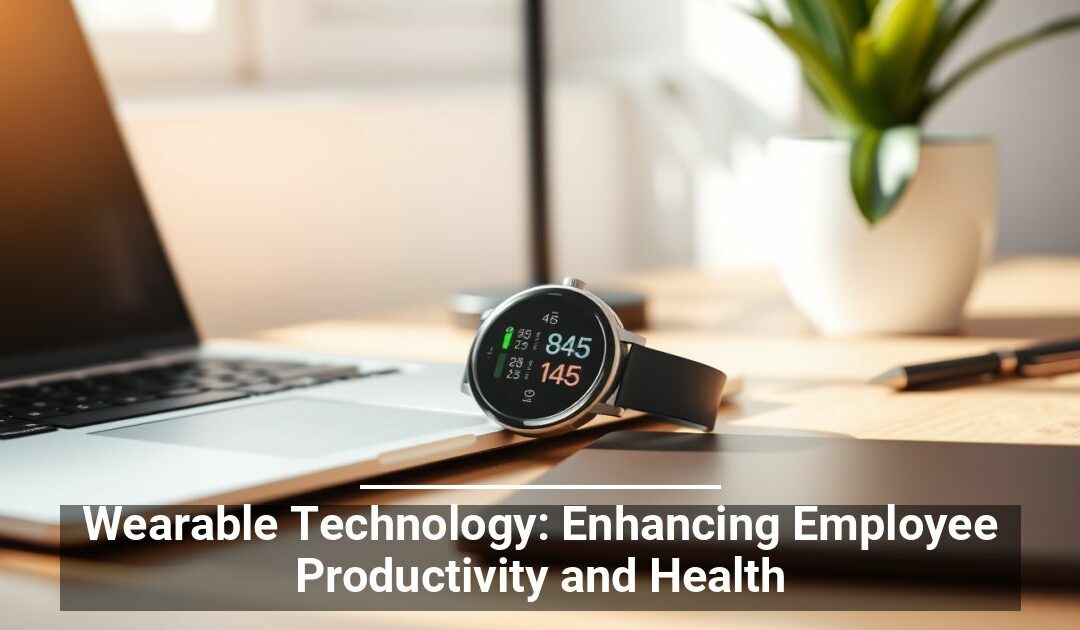 If you have a smartwatch on your wrist, you’re not alone: Millions of people wear watches that do much more than tell time. Smartwatches can help communicate, find information, and monitor your health with sensors that measure everything from how many steps you take daily to noise levels in your environment.
If you have a smartwatch on your wrist, you’re not alone: Millions of people wear watches that do much more than tell time. Smartwatches can help communicate, find information, and monitor your health with sensors that measure everything from how many steps you take daily to noise levels in your environment.
As the capabilities of wearable technology like watches continue to expand, many employers are exploring ways to implement the technology for health and wellness monitoring and productivity enhancement in the workplace. Wearables have the potential to revolutionize the way we work and make it a safer and less stressful experience while also supporting a stronger bottom line.
Wearable Devices for Health and Safety
Many people rely on their smartwatch’s data collection and analysis capabilities to support their wellness goals. From tracking workouts and sleep to heart rate and oxygen levels, the devices offer insights at a glance and alert wearers to areas of concern that require attention.
These features also support better workplace safety and well-being. For example, wristbands that monitor temperature and heart rate or provide excessive noise and fall detection can trigger actions that reduce injuries and alert managers to the need for help.
While smartwatches and fitness trackers are the most familiar wearable technology, some companies use specially designed devices to track movements and monitor and improve ergonomics. The devices collect data about employees’ posture and movements, for example, identifying trends that could lead to injuries. This information can inform changes to workflow, training approaches, and support services to support better well-being and avoid costly injuries.
Employee Wellness Efforts
One of the most significant challenges for companies investing in employee wellness programs is tracking the results. Providing employees with wearable devices provides program administrators with useful data that helps track participants’ progress and monitor program engagement. Although this data doesn’t provide individual data, even in aggregate, the insights can help demonstrate the success of wellness efforts and their correlation to employee productivity, satisfaction, and cost savings.
Improving Productivity with Wearable Technology
Providing employees with wearables that monitor their well-being and provide insights and alerts that help prevent on-the-job injuries supports greater productivity by reducing their days away from work.
Wearable devices can do more than support physical well-being, though. For example, one major retail chain equipped employees with wristbands that tracked the items they pulled from shelves, eliminating the need for manual tracking. Not only did this save time, but data analysis from the wristbands also offered insights to help workers move throughout the facilities more efficiently and fulfill orders more accurately.
Other businesses use wearable technology to inform policies and procedures that support productivity and analyze people’s work. Ultimately, the goal is to help people work smarter, not harder, and achieve their goals efficiently and safely. For businesses, this approach can help reduce costs by eliminating unnecessary tasks and wasted time and support faster and stronger growth by allowing teams to spend more time on value-building activities.
Ultimately, wearable technology promises to motivate your team and improve efficiency.


